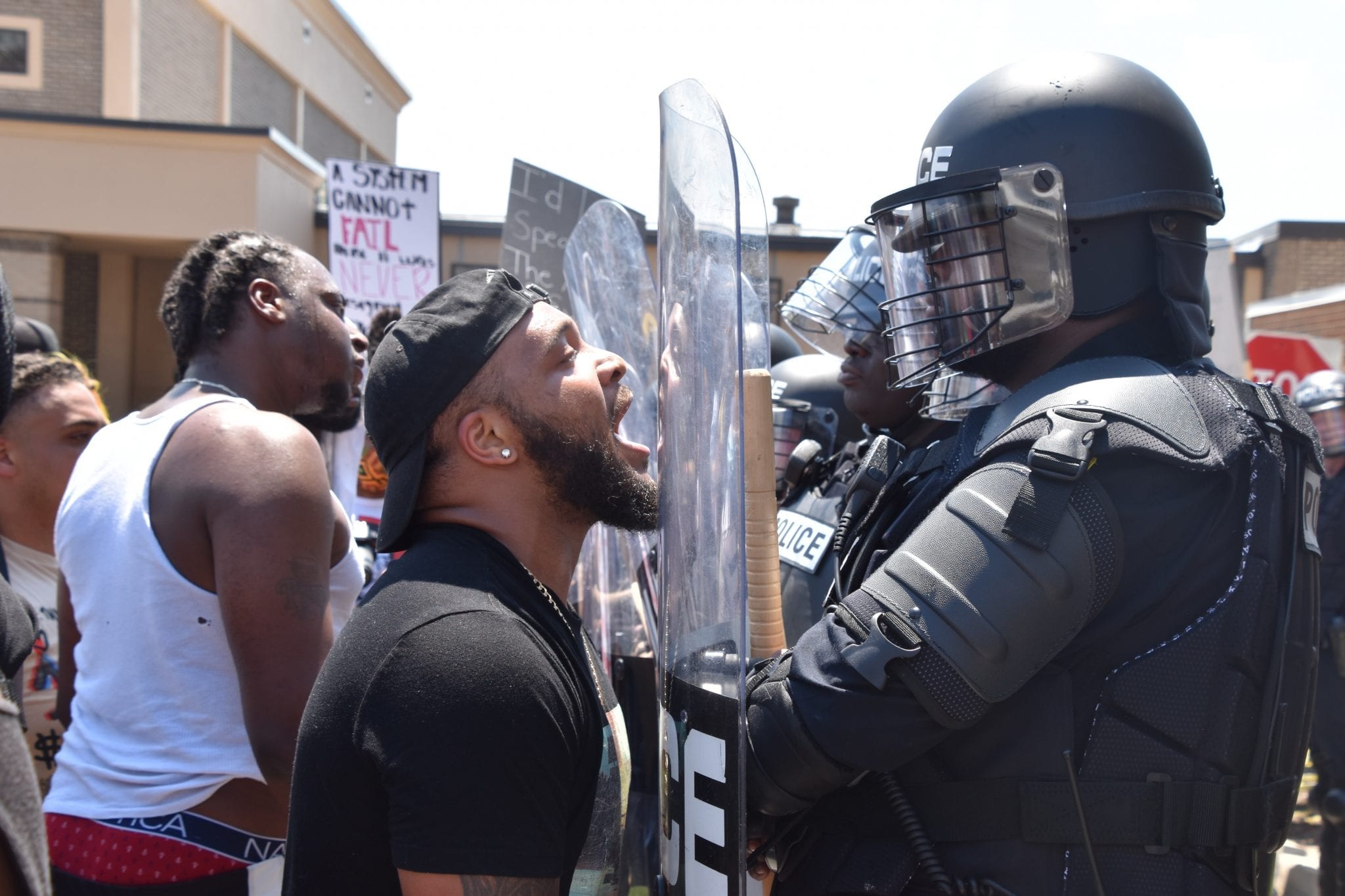At least seven people have been killed in protests triggered by the death of a man at the hands of police, who pinned him to the ground and tasered him repeatedly despite his pleas.
The video of the incident shows 46-year-old father of two Javier Ordóñez begging officers to stop kneeling on his back and tasering him, crying “I am choking,” in striking parallels to the death of George Floyd in the United States earlier this year. Ordóñez’s cause of death has been confirmed to have been a high energy blunt abdominal trauma, causing the right kidney to burst, causing severe bleeding in the abdominal cavity alongside nine fractures to the skull. Sources say Ordóñez was tasered over 12 times; a person can usually endure around four.
The video ignited huge protests reminiscent of the protests and riots of late 2019 in response to the death of 18-year-old high school student Dilan Cruz at the hands of police in November. The protests saw thousands of people take to the street despite COVID-19 restrictions across various neighbourhoods in the capital of Bogota as well as in other major cities. Bogota’s mayor Claudia Lopez stated that at least 248 people were injured, 58 of these as a result of gunshot wounds.
President Ivan Duque’s response has been in line with every other incident of this kind: fruitless claims there will be a rigorous investigation, sanctions and better training put in place – a response which is entirely dismissive of widespread calls for structural reform. These surface-level responses to police brutality have always been ineffective, shown clearly by the continuing incidents: between 2017 and 2019, an average of 18 civilians died each month due to alleged police abuses. Maria-Victoria Llorente, director of the Ideas For Peace Foundation pointed out the Colombian police have no proper leadership or civil subordination – shown clearly by the claims by Claudia Lopez that no one gave the police the order to fire on protesters, giving the impression that the police act of their own volition rather than from a central command.
Another key structural flaw unique to the Colombian police is that they are military, not civil, meaning they are not under the jurisdiction of the Ministry of Justice but the Ministry of Defence. Crimes committed by officers are investigated and punished in military courts, despite the Constitution denoting the force as a civil entity. Alejo Vargas, a veteran security expert at Bogota’s National University highlights the distinctive structural nature of the Colombian police: historically in Colombia, the police and the military have been utilised interchangeably, creating a very militarised police force with very few differences to the military itself. Most nations in Latin America have moved towards a more civil-based police force, but conflicts with narcotics and guerrilla groups have created instability in Colombia. These instabilities mean the police is often used as a supplement to the military and given tasks most nations would reserve for the armed forces. The resulting consequences of this are a police force which is not trained to serve and protect the people, but to use excessive force to control them – often with deadly weapons.
It seems logical, then, to trace the origin of the issue to the decades of instability caused by the narcotics trade and guerrilla groups. The Colombian Peace Process, signed in 2016 between the Colombian government of Juan Manuel Santos and the FARC guerrilla group, aims to end the country’s decades-long internal conflict to an end through comprehensive rural development, substitution of illicit crops and a ceasefire. However, since the appointment of President Ivan Duque’s government, funding has been drastically cut from a budget of $90 million Colombian pesos (£2.24 million) in 2019 to $67 million (£1.67 million) in 2020. This lack of compliance from the government will exacerbate potential instabilities if ex-guerrilla members are dissatisfied with the progress of the Peace Process and as a result could lead to more internal conflict – and thus the continued use of police as a military unit.
The problem of police brutality in Colombia is a huge thorn in the side of the nation and will not go away until deep structural issues are addressed and altered. The intertwinement of military and police must be broken up, with the police becoming the civil entity the Constitution dictates they should be, with a strong central command and proper consequences for misconduct. For this to occur, President Duque must stop the funding cuts to the Peace Process in order to be able to make the structural changes and move towards a civil, people-protecting police force. Colombia will never be safe until it is stable.
Words by Gabriela Callaghan
Support The Indiependent
We’re trying to raise £200 a month to help cover our operational costs. This includes our ‘Writer of the Month’ awards, where we recognise the amazing work produced by our contributor team. If you’ve enjoyed reading our site, we’d really appreciate it if you could donate to The Indiependent. Whether you can give £1 or £10, you’d be making a huge difference to our small team.
